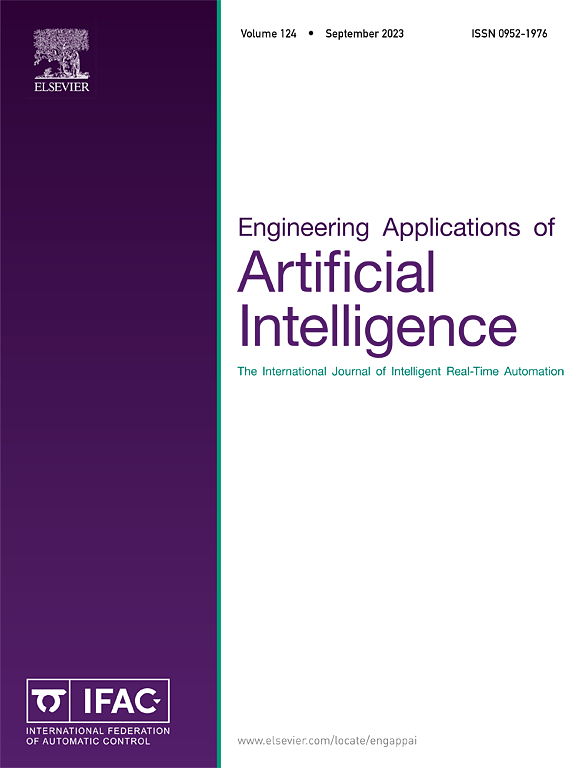Authors: Miguel Martínez-Comesaña a, Javier Martínez-Torres b,c , Pablo Eguía-Oller a
a CINTECX – Research Center in Technologies, Energy, and Industrial Processes., Universidade de Vigo, Rúa Maxwell s/n, 36310 Vigo, Spain
b CINTECX – Research Center in Technologies, Energy, and Industrial Processes., University of Vigo (Universidade de Vigo), 36310 Vigo, Spain
c CITMAga, 15782 Santiago de Compostela, Spain
Engineering Applications of Artificial Intelligence, Volume 126, Part A, November 2023, 106770
Keywords: Deep learning, Genetic algorithm, Functional data analysis, Synthetic data, PV system

Impact Factor: 8
Abstract: Solar PV generation is renewable energy source that in the last years has contributed to reduce the use of fossil fuels. Controlling the efficiency of photovoltaic (PV) installations is essential in order for its use to spread. Deep learning (DL) models have demonstrated their efficiency in this context. The purpose of this work is to show a methodology to optimised deep learning models and show a specific application of the optimised model to characterise PV installations. The estimations yielded by this model are obtained without the need for real PV data to the training process; synthetic data are used. The built multivariate neural network is optimised through the use of a multiobjective genetic algorithm and the use of a feature engineering tool based on functional data analysis (FDA) clustering. This method was applied on synthetic data and on a PV installation located in north-western Spain, where the number of parallel modules, the azimuth and the slope in the installation are estimated. The results show that the model optimised using the non-dominant sorting genetic algorithm (NSGA-II) and the customised dataset with FDA, achieve lower errors or in the same range by reducing the complexity of the model or the complexity of the dataset used. Specifically, the bests models generates estimations with an average error between 6% and 18% on synthetic data and between 6% and 12% on real data.